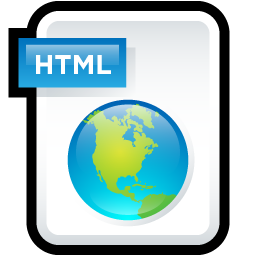-
Welcome Guest!
- Home
- Leadership
- Events
- District News
- District Calendar
- Member Training Course Finder
- Up-Coming Events:
- TBA
- Past Event Training:
- Spring 2024 District D-Train Event and Board Meeting
- Fall 2024 District D-Train Event and Board Meeting
- Photo Albums
- Videos
- Units
- Programs
- Aux Youth Program (AS)

- Aviation (AV)
- Coastie
- Communications (CM)
- Communications Services (CS)
- Culinary Assistance (CA)
- Diversity (DV)
- Emergency Management (EM)
- Finance (FN)
- Human Resources (HR)
- Information Systems (IS)
- Legal/Parliamentarian (LP)
- Materials (MA)
- Marine Safety (MS)
- Member Training (MT)
- Navigation Systems (NS)
- Operations (OP)
- Program Visitation (PV)
- Public Affairs (PA)
- Publications (PB)
- Public Education (PE)
- Secretary/Records (SR)
- Vessel Examinations (VE)
- Aux Youth Program (AS)
- Visitors
- Members
-
Auxiliary Member Log In
- Board Meeting Information:
- Board Meeting Documents and Recordings
- Other Member Information:
- Member Training Course Finder
- 9wr Online Member Training
- 2019 Awards Guide
- Form Routing Guide
- District-specific Forms
- District Document Library

- Forms Warehouse

- Uniforms

- Ribbon Checker

- Animated Knots by Grog

- Web (Zoom) Conference Request Form
- Qualification Request Form
- Intent to Teach Request Form
-
Auxiliary Member Log In
- National


